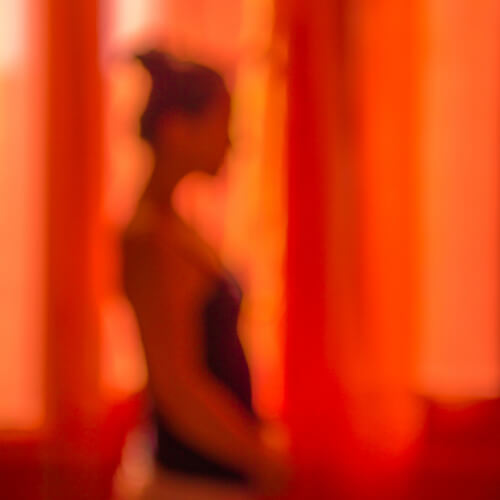A self taught photographic artist, based in Vancouver, Canada, born and raised in Japan. Photography has always been her serious hobby since she obtained her first film SLR in 1990. After living/traveling to many places (including her inner world), she strongly reconnected with photography and started photographic services in 2008 in Sydney, Australia, where half her soul still resides. In 2011, she moved to Vancouver and continued to create her artworks.
Her style is rather eclectic. She captures moments just as they are, and as she sees them through the feelings they evoke in her. She creates stillness through motion, uses little to no Photoshop/post production.
Through photography, she seeks peace of mind, and her works express the world on mute, the boundary between painting and photography.
When she is not holding her camera, she is most likely seen on the dance floors, dancing social Argentine Tango.
